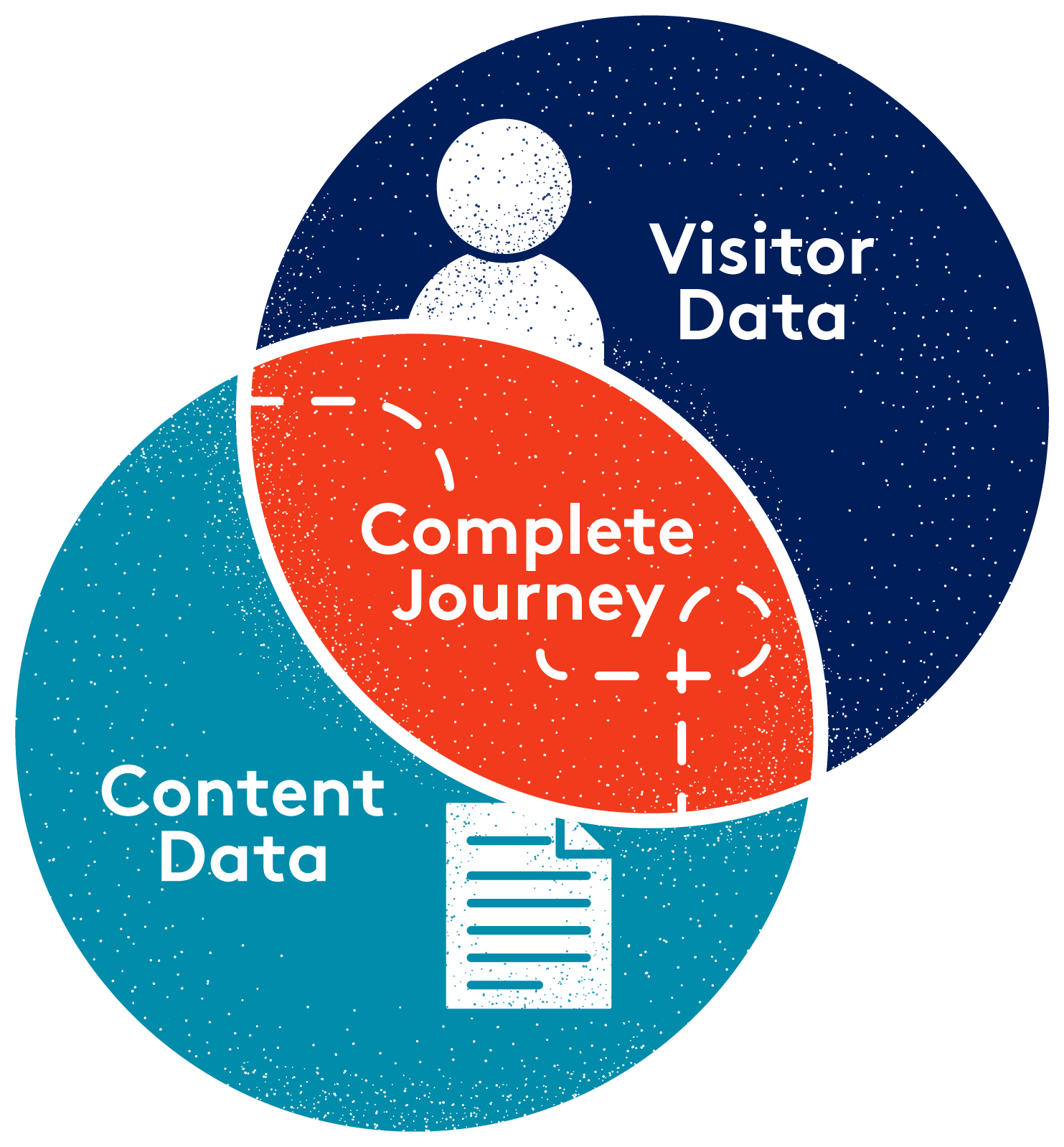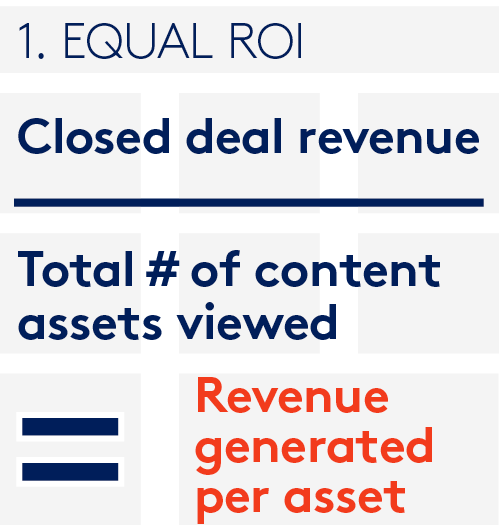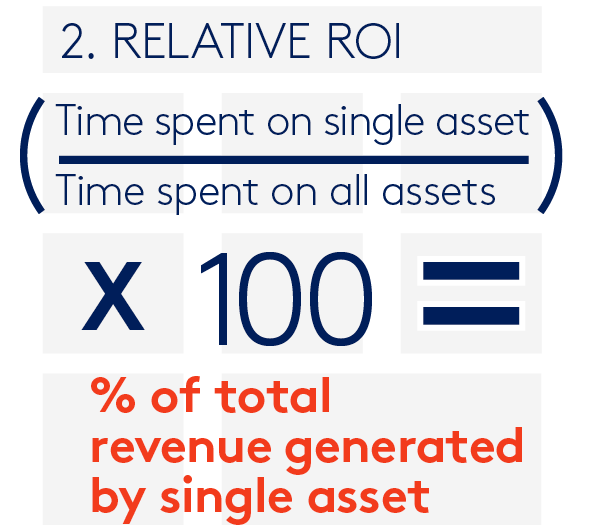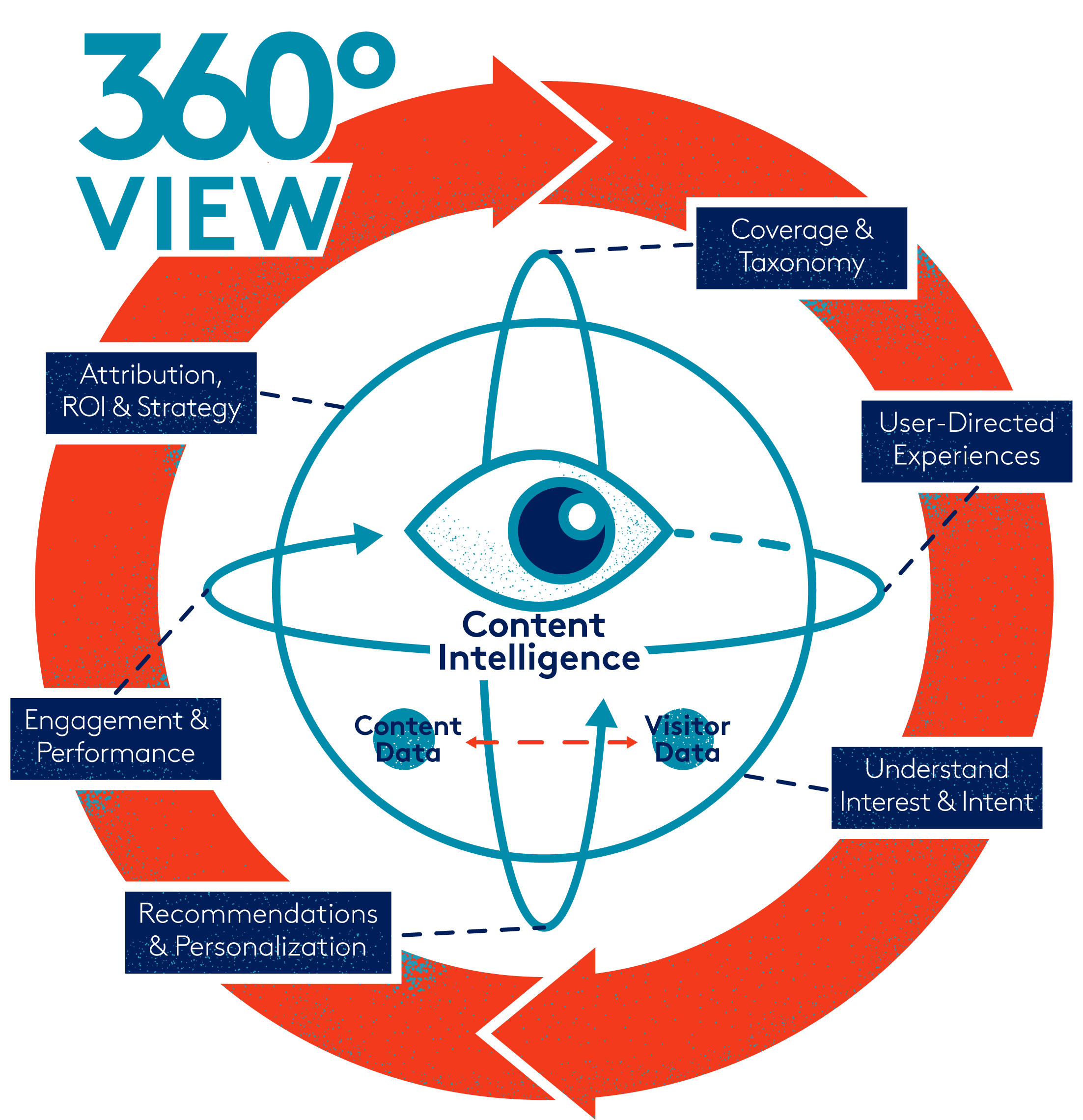
How Content Intelligence Works
Content intelligence uses rich, adaptive data to give marketers a 360-degree view of content performance across complex buyer's journeys. Here’s how.
For many B2B marketers, effective and impactful content is still an uphill battle. Traditional approaches routinely fail to deliver the results organizations need or the experiences buyers want. Without content intelligence, there’s no way around this; the usual data, tools, and processes just aren’t up to the task anymore.
What is content intelligence?
Content intelligence enables marketers to future-proof their content engines, effectively measure content performance, and create a new class of first-party data so they can deliver relevant content experiences at scale. It compiles, analyzes, and interprets rich content, engagement, and visitor data to form a 360-degree view of content across the buyer’s journey. Content intelligence can also be used to deliver completely personalized, user-directed experiences at scale, across marketing, sales, commerce, and service interactions.
You can even merge content intelligence with CRM data to calculate ROI of every piece of content in your arsenal (in fact, we’ve figured out the exact formula to help you do it). How? We’ll show you. But first it’s important to understand the two “building blocks” of content intelligence — content data and visitor data — and how they actually work.

How content intelligence works
Content intelligence converts regular content assets into structured data which can then be tracked and measured. It uses natural language processing (NLP) to identify a vast array of content attributes, which are then captured as rich metadata or “data about data.
“Natural language processing (NLP) refers to the branch of computer science – and more specifically, the branch of artificial intelligence or AI – concerned with giving computers the ability to understand text and spoken words in much the same way human beings can.”
— IBM
B2B marketing isn’t the only business model to use content intelligence. So many of the consumer experiences you already know and love — like Netflix, Spotify, and Amazon — use content intelligence to turn their vast content and product libraries into structured datasets, understand how you’re engaging with their offerings, and make uncannily accurate personalized recommendations every time you log on. Consider all the metadata that a single song on Spotify might include, for example: song title, artist, album(s), release date, featured artists, genre(s), instruments, lyrics, album artwork, composer, lyricist, songwriter, version, cover or parody, track number on album(s), parental advisory, language, tempo, track duration, soundtracks.
Content intelligence goes far beyond the basic identifiers most marketers are used to, like asset type or topic. It can automatically tag by quality and utilization characteristics, such as word count, readability score, and number of instances in a nurture program or content sequence. Content intelligence can even classify assets by sentiment or tone of voice. It can also learn how different assets are related to one another and sort them accordingly.

Content intelligence tools help uncover engagement and customer data
Visitor data is the second building block of content intelligence. This consists of engagement data — including exact view time, return rate, bounce rate, form submission rate, and viewing order of multiple assets — which can be measured and analyzed on an individual, account, and industry level. Content intelligence can then combine this information with its precise, exhaustive content data to build rich customer profiles based on topics of interest, rather than broad segmentations such as vertical or job title. It also predicts which assets are more likely to trigger engagement in the future and makes recommendations to visitors in real time based on previous content interactions and consumption behavior.
In combining content data and visitor data, content intelligence enables marketers to form a complete understanding of their content and its impact throughout the buyer’s journey.
How content intelligence and CRM data work together

Content intelligence becomes even more powerful when merged with CRM data, which can be used to determine the impact of content right down to the individual asset, stage of the buying cycle, and deal velocity. How? Marketers can use content intelligence to uncover engagement data at every individual- and account-level touchpoint, including:
- Total time spent engaging with content assets
- Time spent engaging with each individual content asset
- Sequence of engagement with multiple content assets
- Whether or not content assets were engaged with multiple times
Content ROI calculator
There are 2 easy ways to determine the amount of revenue generated by each asset a buyer engages with on their path to purchase:
Equal ROI

Closed deal revenue / total # of content assets viewed = Revenue generated per asset
If a closed-won opportunity is worth $100,000 and the buyer consumed 10 content assets, each would be credited for contributing $10,000 of the total revenue.
Relative ROI

(Time spent on single asset / Total time spent on assets) x 100 = % of total revenue generated by single asset
It’s unlikely that prospects engaged equally with every piece of content. Diving deeper into the data will help marketers more accurately determine which assets had the biggest impact. Look at the total amount of time spent on each asset (including return visits) in relation to others viewed on their path to purchase.
Content intelligence doesn’t just help marketers quantify content ROI behind each conversion; it can also identify common patterns to determine which assets are most likely to influence future purchase decisions. These are just some of the questions you can answer when you integrate CRM data with content intelligence:
- Which “magic” asset do customers always view just before they request a demo or sign a contract?
- How many members of the buying committee have to engage with your content before they commit? How much faster do deals close when the buying committee engages with content for more than 10 minutes?
- Were any assets viewed in the same sequence across multiple journeys?
- Were any assets viewed more than once by multiple accounts? Which ones?
- Looking at all the assets consumed across your last X closed/won opportunities, which had the longest viewing time? What was the topic of this asset, and how often is it covered in your existing content library?
This knowledge enables marketers to identify the heavy hitters in their content library and execute their content strategy based on actual data, rather than gut feelings or guesswork.

Content intelligence in action
Curious how other marketers are currently using content intelligence? Let’s take a look at Micro Focus, whose team launched a thought leadership site called TechBeacon to support the company’s suite of enterprise software products. With deep, rich content created by experts in app dev and testing, DevOps, enterprise IT, and security, TechBeacon had a devoted fanbase, and its audience was growing.
But there was a problem: as the first touchpoint in an average 6-9-month consideration cycle, TechBeacon’s impact on revenue was lost in the CRM data. With no proof of ROI, the site was considered a “nice to have” rather than essential.
When Micro Focus started delivering more relevant content recommendations across the TechBeacon website using content intelligence, TechBeacon’s content assets directly contributed $18 million to marketing influenced opportunity (MIO) over 7 quarters. TechBeacon also generated $45 million in MIO from source campaigns.
So what does this all mean?
Content intelligence collects and interprets powerful, adaptive data every time a visitor interacts with your content. It’s the only way for marketers to truly gain a 360-degree view of content engagement and performance across increasingly complex buyer’s journeys — especially as the number of touch points and stakeholders continues to surge. Thanks to its AI capabilities, content intelligence also enables marketers to deliver the hyper-relevant, personalized content experiences at scale. It’s a huge topic, which is why we’ve created the first-ever content intelligence guide for B2B marketers. It’s crammed with actionable insights to help you accelerate your digital transformation and turn your content engine into a major competitive advantage.
